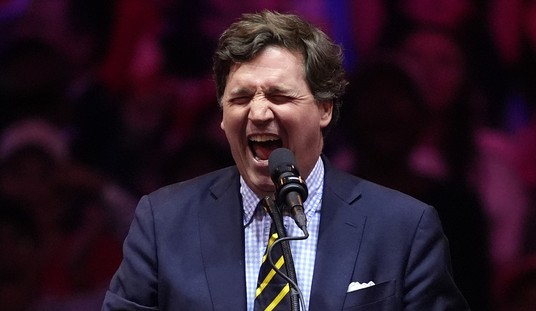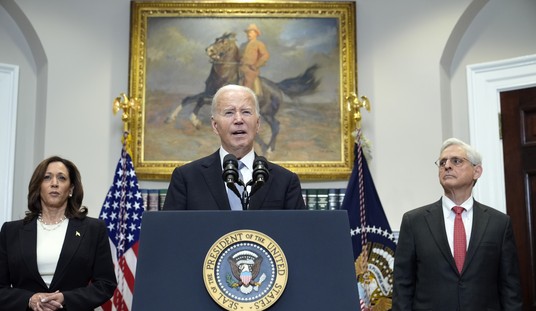In a dramatic display of party unity, House Republicans narrowly approved a crucial Senate budget framework Thursday, paving the way for President Trump's ambitious legislative agenda. The measure cleared the chamber with a razor-thin margin of 216-214, representing a significant victory not just for Trump but for Speaker Mike Johnson as well, as he pushed for rapid approval of Trump’s America First agenda.
The framework's passage follows intense negotiations with conservative members who had initially expressed strong reservations. President Trump's personal endorsement and strategic outreach to skeptical right-wing lawmakers proved pivotal in securing the necessary votes.
The remarkable party discipline was particularly evident, with only two Republican representatives breaking ranks, Reps. Thomas Massie (R-Ky.) and Victoria Spartz (R-Ind.).
The Hill has more:
It was not, however, an easy path to victory for the GOP leadership. More than a dozen hardline House conservatives had come out against the Senate resolution, vowing to vote against the legislation if it came to the floor out of concern over the level of spending cuts mandated in the measure.
That opposition forced Johnson yank a planned vote on the measure Wednesday night. As leadership held open an unrelated vote for almost 90 minutes, Johnson huddled in a room off the House floor with several of the conservative holdouts in an unsuccessful attempt to secure their support — prompting the delay.
The linchpin in leadership’s effort appeared to be a joint press appearance Thursday morning by Johnson and Senate Majority Leader John Thune (R-S.D.), where the pair delivered brief remarks regarding spending cuts. The hardliners were incensed that the budget resolution directed Senate committees to find far fewer spending cuts than House panels — at least $1.5 trillion compared to at least $4 billion — worried that the upper chamber would reign supreme.
During their remarks, Johnson pledged to include at least $1.5 trillion in cuts, while Thune indicated that the Senate was “aligned with the House in terms of what their budget resolution outlined in terms of savings.”
Thune’s remarks were persuasive enough to win over House hardliners and bring them on board.
“The first time publicly, the Senate leader has come out and actually said that we’re in the same ballpark with the House and Senate reductions,” Rep. Andy Harris (R-Md.), the chair of the conservative House Freedom Caucus, said. “Obviously we were happy with the House spending reduction because we all voted for it so I think that’s a step in a positive direction.”
Recommended: DOGE Uncovers Massive Unemployment Fraud Under Biden Administration
The successful vote marks the conclusion of the first phase of the budget reconciliation process, which Republicans hope to leverage to advance Trump’s domestic policy priorities. This initial step involves both chambers adopting a resolution that serves as a roadmap for the rest of the procedure.
This victory comes in the wake of the passage of the Continuing Resolution (CR) that was passed and signed into law last month.
However, as The Hill notes, this is only the beginning of what will likely be a tough process. “Republicans in both chambers must craft a package that is in line with the levels laid out in the budget resolution and make decisions on a number of hot-button issues like spending cuts, how long the tax cuts are extended for and the cap on the state-and-local-tax deduction, among other details,” the report explained.
The mainstream media won't tell you the full story behind this historic budget framework victory. Get exclusive insights into the strategic negotiations and behind-the-scenes dynamics shaping Trump's America First agenda. Join PJ Media VIP today using code FIGHT for 60% off and support fearless reporting that keeps you informed about what's really happening in Washington.










Join the conversation as a VIP Member